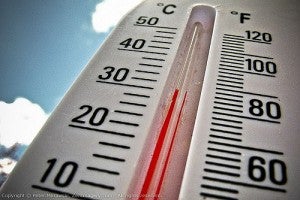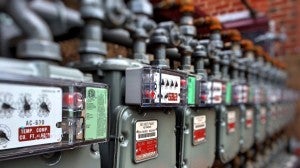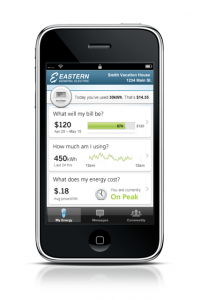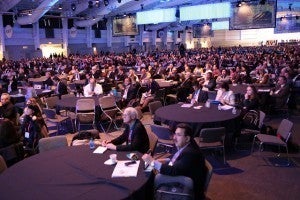 On June 20 and 21, temperatures across the Southwest hit record triple digits. It was a scorching way to start the summer. For Southern Californians, early arrival of extreme heat tested the region’s already compromised electricity system: Residents braced for rolling blackouts as the Aliso Canyon natural gas storage facility (one of the primary sources of power generation in the region) was offline after a disastrous methane leak last winter. Aliso will remain offline until Southern California Gas Company can assure regulators, legislators, and the community that it can be operated safely and efficiently.
On June 20 and 21, temperatures across the Southwest hit record triple digits. It was a scorching way to start the summer. For Southern Californians, early arrival of extreme heat tested the region’s already compromised electricity system: Residents braced for rolling blackouts as the Aliso Canyon natural gas storage facility (one of the primary sources of power generation in the region) was offline after a disastrous methane leak last winter. Aliso will remain offline until Southern California Gas Company can assure regulators, legislators, and the community that it can be operated safely and efficiently.
The heatwave was further complicated by devastating wildfires to the north and southwest, but the region was ultimately able to emerge from the threat relatively unscathed. Although thousands of residents dealt with short-term outages, rolling blackouts – reminders of California’s dramatic energy crisis of the early 2000s – never came and the region was able to breathe a collective sigh of relief.
During the heatwave, focus was rightly on keeping the system running. But now it’s time to look at how we were able to meet historic electricity demand without the system crashing, and how this will inform power providers in the months ahead.










 My head feels whipsawed by the wildly changing
My head feels whipsawed by the wildly changing 
 A ruptured natural gas pipeline in the quiet community of San Bruno, California ignited on the evening of September 9, 2010. The resulting fire destroyed 38 homes, killed eight people, and injured many others. It was one of the biggest pipeline explosions in recent history, and it very likely could have been prevented.
A ruptured natural gas pipeline in the quiet community of San Bruno, California ignited on the evening of September 9, 2010. The resulting fire destroyed 38 homes, killed eight people, and injured many others. It was one of the biggest pipeline explosions in recent history, and it very likely could have been prevented. generally based on the costs associated with the goods’ production, including the raw materials used to generate them, the labor associated with their manufacturing, and so on. However, when it comes to pricing residential electricity, many regulators choose to use a flat price per unit of electricity (kilowatt-hours, or kWh) that unfortunately fails to adequately reflect the underlying
generally based on the costs associated with the goods’ production, including the raw materials used to generate them, the labor associated with their manufacturing, and so on. However, when it comes to pricing residential electricity, many regulators choose to use a flat price per unit of electricity (kilowatt-hours, or kWh) that unfortunately fails to adequately reflect the underlying  Each month, the Energy Exchange rounds up a list of top clean energy conferences around the country. Our list includes conferences at which experts from the EDF Clean Energy Program will be speaking, plus additional events that we think our readers may benefit from marking on their calendars.
Each month, the Energy Exchange rounds up a list of top clean energy conferences around the country. Our list includes conferences at which experts from the EDF Clean Energy Program will be speaking, plus additional events that we think our readers may benefit from marking on their calendars.